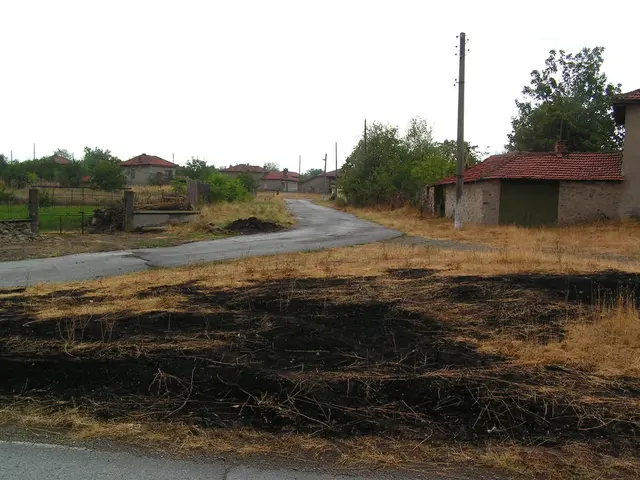Neighbors Clash Over Flooding: Court Rules Against Homeowner
A dispute has arisen between neighbors in a residential area. The plaintiff's wooden floor has been repeatedly flooded due to rainwater runoff from the defendant's elevated property. The building authority initially halted construction, and the case was heard in a civil court.
The defendant, a realtor, enriched the foundation of their semi-detached house, causing rainwater to flood the plaintiff's single-family house and carport during heavy or prolonged rain. The plaintiff argued that their wooden floor was significantly damaged as a result.
The neighbor demanded action, leading the building authority to initially stop the construction. The defendant presented a height comparison certificate, stating that the height of the land did not exceed the given height. They also took landscaping measures to prevent runoff water from entering the plaintiff's property. However, the neighbor found these precautions insufficient and filed a lawsuit against the realtor.
The competent administrative court decided that the plaintiffs have no claim to the building code intervention they requested. The court ruled that the plaintiffs are not injured in their own rights by the height increase on the co-defendants' property.
The realtor's elevation of their property, raising the ground level by approximately 38 sqm, has led to repeated flooding on the plaintiff's property during rain. Despite the realtor's landscaping measures and the building authority's approval of the construction after drainage measures were implemented, the competent administrative court decided that the plaintiffs have no claim to intervention. The case highlights the importance of proper drainage and communication between neighbors and authorities to prevent such disputes.
Read also:
- Thieves Steal Unique Sculptures from Redwood National Park's Grove of Titans
- Thessaly's Climate Plan Stalls Two Years After Storm Daniel Devastation
- International powers, including France, Germany, and the UK, advocate for the reinstatement of sanctions against Iran.
- Companies urged to combat employee resignation crisis, as per findings from the Addeco Group







